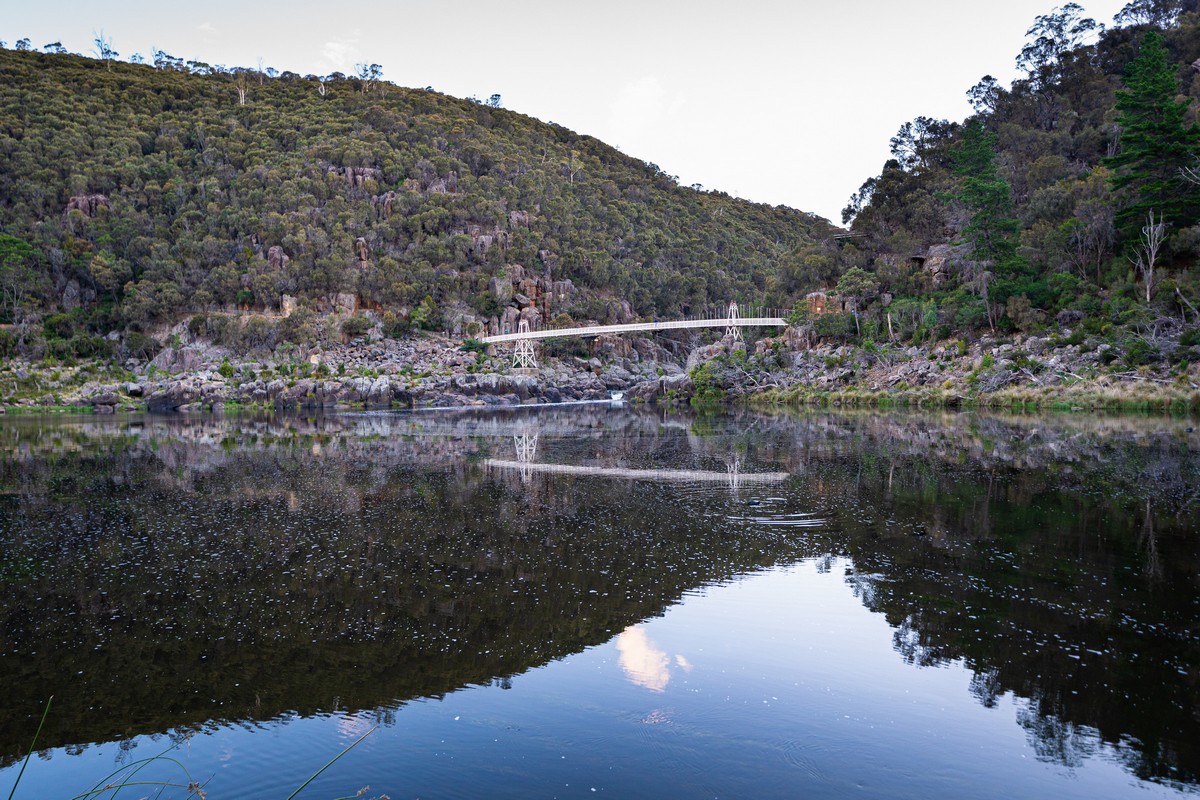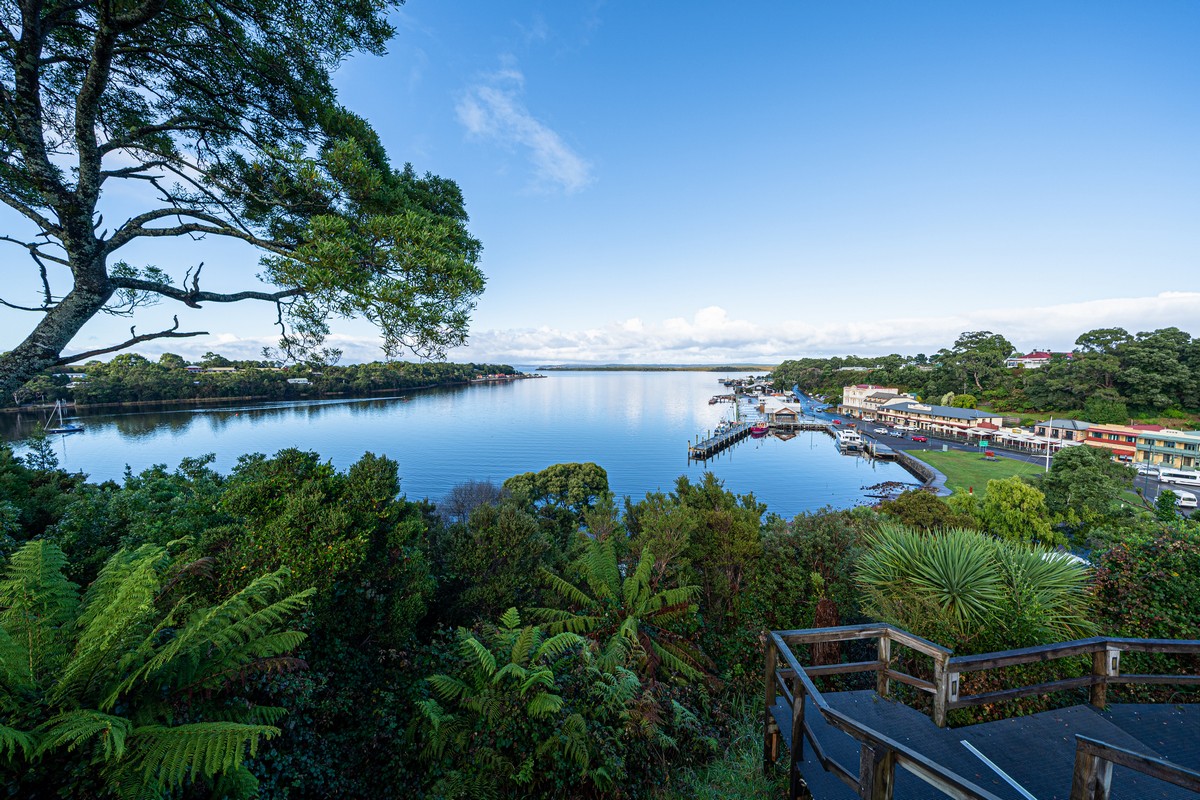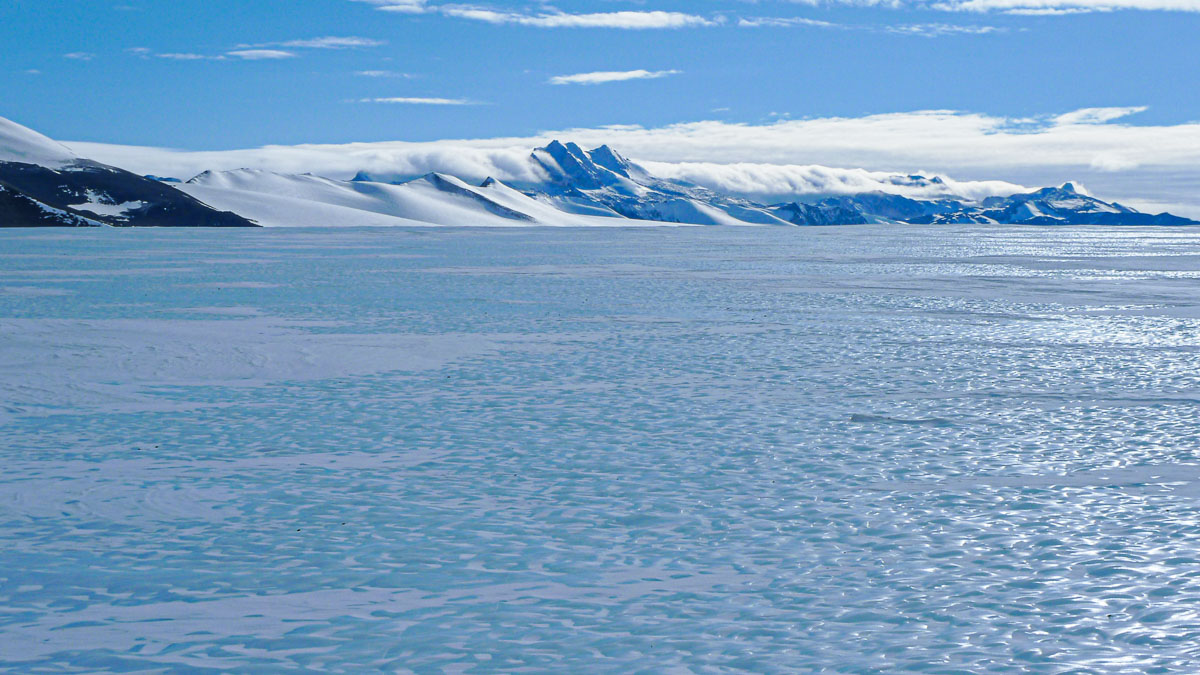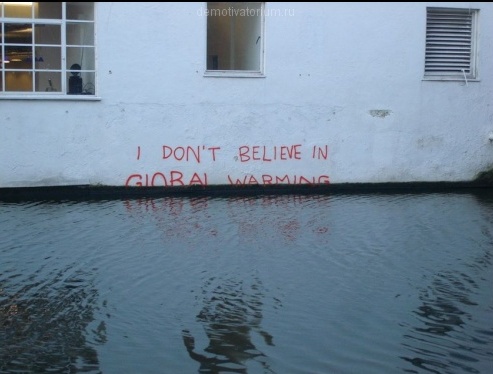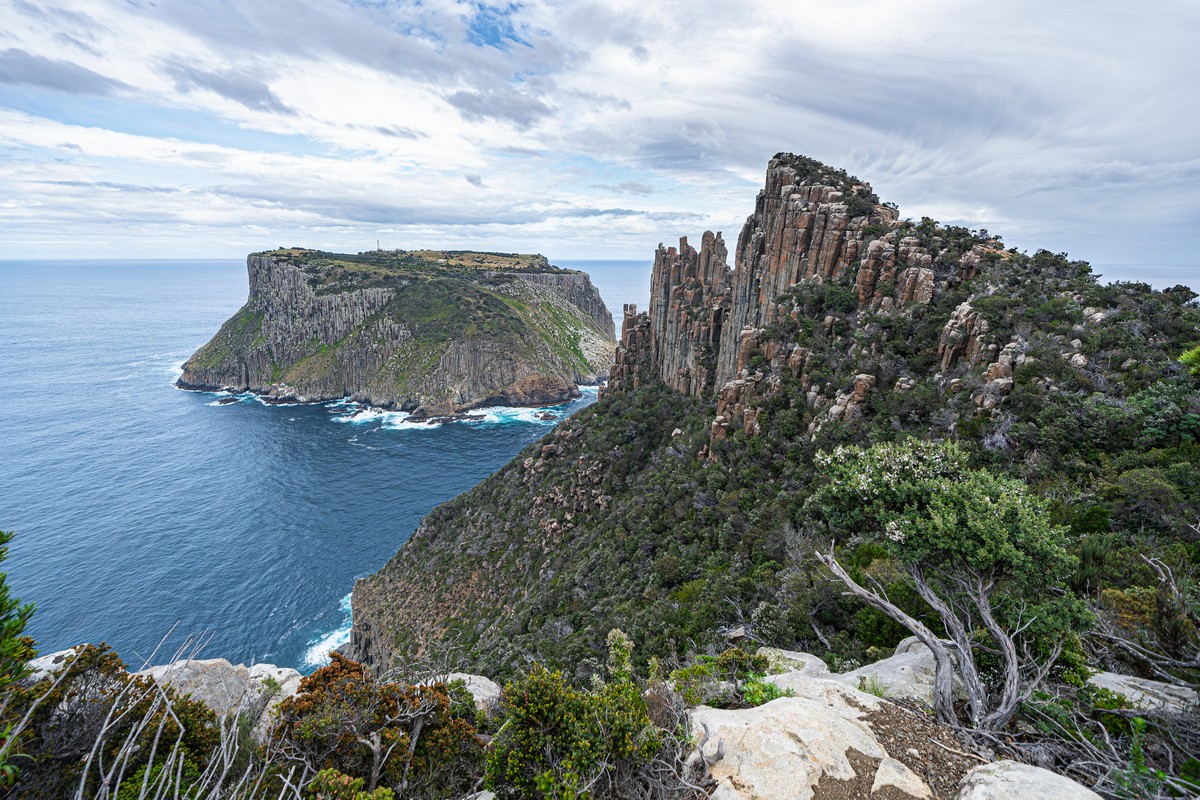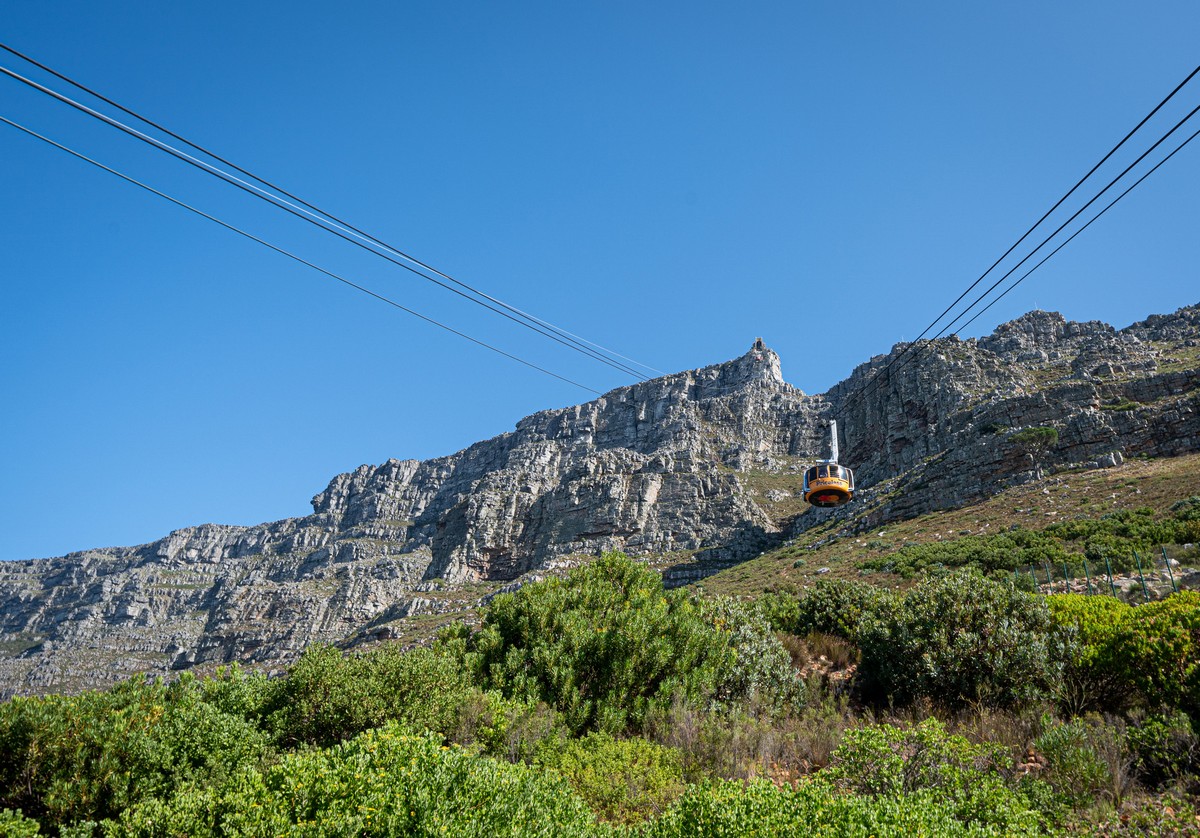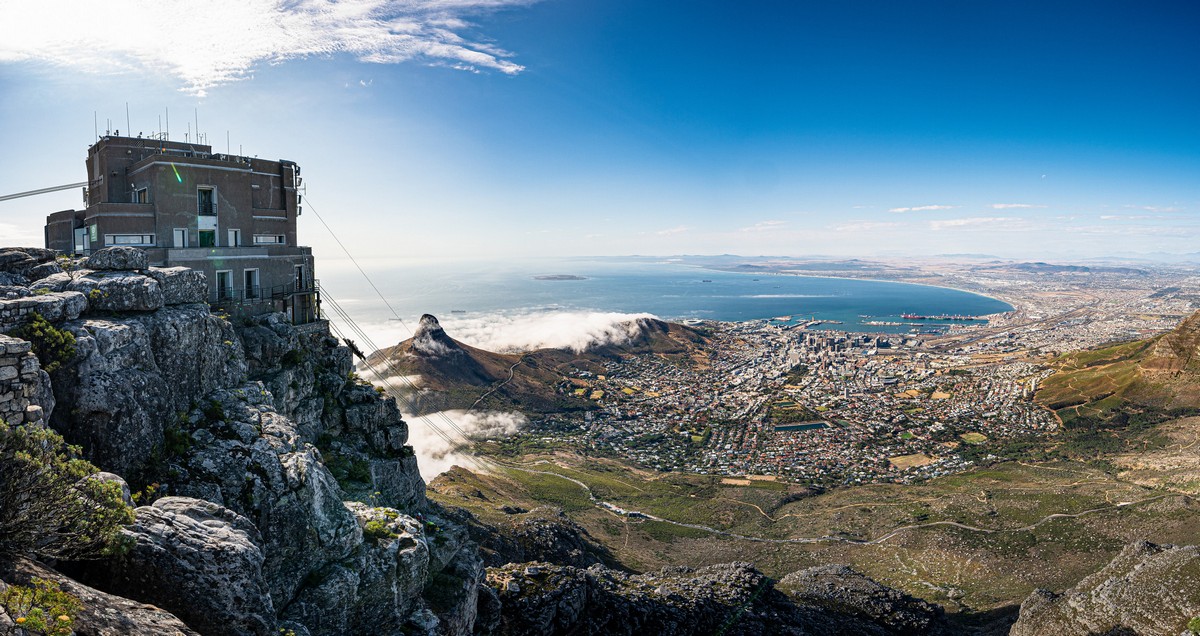You might think that we were lucky – in the right place at the right time – to have started out well as an enterprise and later becoming the world’s leading cybersecurity vendor. You’d be wrong! Now let me tell you a story…
Actually, back in the day, right at the beginning of our antivirus work, I we set myself ourselves a goal. An incredibly ambitious goal.
I remember it well. My long-time friend, Alexey De Mont De Rique, and I were at the tram stop waiting for the number six tram not far from Sokol metro station in Moscow some time in 1992 – back when we’d work 12-14 hours a day (‘Daddy’s working!’ my kids called me). I suggested to Alexey that ‘we need to set ourselves a goal’. His reply came something like: ‘Ok. What goal precisely, do you really think we need to set one, and how persistent should we be in attaining it?’ Something like that, anyway. My response: ‘Our goal should be to make the best antivirus in the world!’ Alexey chuckled. But he didn’t dismiss it. Instead, we simply set out on our journey toward reaching the goal – working hard harder, and always with our goal at the back of our minds. And it worked!…
How, exactly?
With the mentioned harder work, with inventiveness, and with somehow managing to survive and prosper through those very tough times in Russia [early 90s Russia: the collapse of the Soviet Union and its command economy, the struggles to switch ‘instantly’ to a market economy, inflation, joblessness, lawlessness…]. We toiled away non-stop. I detected new viruses; Alexey coded the user interface; and the antivirus database editor, Vadim Bogdanov (Assembler Jedi), used the Force to put together the various computer tools for what I was doing. Yes – in the early 90s there were just three of us! Then four, then five, then…
Now, remember how I started this blogpost by telling you our success wasn’t a matter of being in the right place at the right time? Well, there was some luck involved: in 1994 the world’s first ‘Antivirus Olympic Games’ took place – independent testing of security software at the University of Hamburg. Sure, we were lucky that this independent testing took place. But it wasn’t luck that we won!

Oh yes. We got the gold (a trend that has stuck with us to this day – as I’ll detail in this post). So from almost the very get-to, we got the very highest results in Hamburg. But it was catching. We kept on getting golds in other independent tests that were established around that time. Hurray!
Read on…
